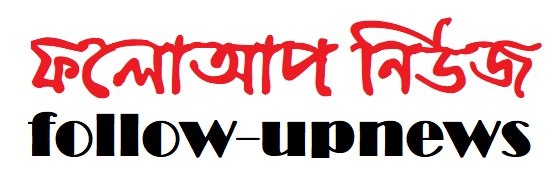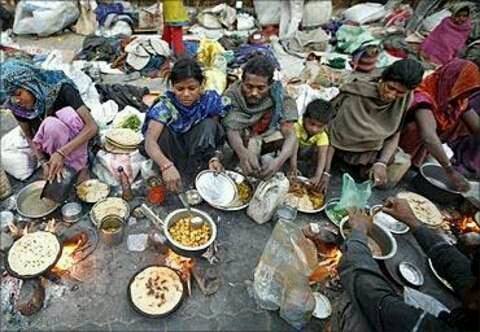About Golahat Genocide
In 1971 Pakistan Occupation army and their collaborators Rajakar, Al-Badr, Al-Shams executed genocide on Bengali and especially on religious minority Hindu community. That genocide place is termed as boddhovumi in Bangla. Golahat boddhovumi is such a one where almost 500 Hindu people following as men, women and infants were slaughtered at a time in one place.
The location of Golahat Boddhovumi (slaughter house) is two kilometers away to north-west from Saidpur Railway Stattion of Nilphaamari district. Nilphamari is a district of old Rajshahi Division, now it is under Rangpur Division. There are six Upazilla of Nilphamari as Nilphamari Sadar , Saidpur, Jaldhaka, Kishoreganj, Domar, Dimla. In 1793 British government created twenty two thanas in Ranglur District under the resolution 22, as a result Dimla, Daroani, Baroani and Bagduar thanas formed. Daroani thana was formed with the present Nilphamari and part of Saidpur. In 18 May 1975, the activities of Nilphamari Mahakuma started first in Bagdogra. Because of some adversities Mahakuma Parishad was placed in the building beside presnt DC office in Nilphamari.
Nilphamari was devided into three thanas before 1901 as Nilphamari sadar thana- 214 square miles, Dimla- 192 square miles, Jaldhaka thana- 242 square miles. In 1935 the area of Nilphamari Mahakuma was 634.41 square miles. In 1984 Nilphamari transferred into districts.
Saidpur Upazilla consists of 6 Unions. They are- Kashiram Belpukur (Hajarihat), Bangalipur (Laxmanpur), Khatamodhupur, Kamarpukur, Saidpur sadar, Botlagari. Golahat Boddhovumi where genocide was occurred in 1971 belongs to Saidpur sadar upazilla. The people who were murdered here most of them are the resident of Maroaripotti.
Oral History
Tapan Kumar Das (68)
Father : Haripada Das, Maroyaripotti, Tulshiram Sarak, Dinajpur Road, Saidpur, Nilphamari.
Occupation : Business
Place of interview : His own house.
Date of interview : 25 September 2014
In 1971 Tapan Kumer Das had just completed his graduation. In that time Freedom Fight started. He said about Golahat, Saidpur genocide-
Early in the time of Freedom Fight we were got confined in the Saidpur city with others after Mahatab Beg had been murdered by Biharies. In that time declaration of building Saidpur airport announced. We were forced to go there for work. After day long working of for airport built-up on 6 June Pakistani Occupational Army arrested me to cantonment. People of Matin, Hshem and Kaium looted all things what we had then. We were kept in Saidpur cantonment for seven days. Pakistani Army made us bound to sign in the blank checque and they cashed money we had in the bank. After seven days on 13 June at 5 A.M. Pakistani Army led us to four compartments of a train to reach in India. After getting into the train we realized that it was our last day. It was drizzling at that time and the train stopped amid an open field. Suddenly Pakistani Arm started punching and slapping on us to get down from the train. Then they slaughtered one by one by sharp weapons and at gunpoint. Many of the passengers requested them to be shot into death. They replied that the bullets are very costly. All they have open sword. One by one they killed by swiping sword into them. When they made genocide one side of a train, we some youths flee by breaking window and jumped ten to fifteen feet under. We saw many passengers shot died and some were wounded severely. The army shot on us randomly but we got life luckily. When we were fleeing we heard screaming of many women and children behind. Almost 413 passengers had been on broad were killed.
Sham Sundar (67)
Father : Lacchi Ram Sinhania, Tulshiram Sarak, Saidpur, Nilphamari
Occupation : Business
Place of interview: His own house
Date: 5 January 2013
Sham Sundar was a businessman. He was economically solvent. He described Golahat genocide as-
Pakistani occupational army started capturing people from Maroyaripotti just after freedom fight had started. They made paroyari people to work for them but Maroyari people had to take food with them. More than hundred Maroyari people were taken away to cantonment and killed. Luckily some of them managed to escape. So, we all know about the genocide of Maroyaripotti. Consequently we got timid always. Everyday Bihari, Rajakar and Pakistani army captured people from maroyaripotti. They established a office of Shanti committee beside our home. Suddenly Pakistan occupational army confined us in the cantonment and ensured that they will reach us in India. On 13 June we were made on board into four compartments of a train from Saidpur station. Men were pushed into the first two compartments and women and children into the others. The train get stopped in a place named Golahat. I saw a passenger was beheaded by enforcing his head out from the train window.
Seeing this Tapon tried to flee jumping through the window, but he was going to be captured by a army, however he managed to escape by force. the army shot after him but in vain. Following Tapon I and Binad Agarwala jumped accordingly and fled. In that time I saw children were butchered. Kids were mad onto the sky and then they placed their sword. By this was infants were killed splitted into two. In addition they killed children by stumping one leg and torned out another. Finally they killed almost all 413 men, women and infants.
#This content is translated by Dibbendu Dwip from the book “Golahat Boddhovumi” by Ahmed Sharif
#At every month one such article will be published.

